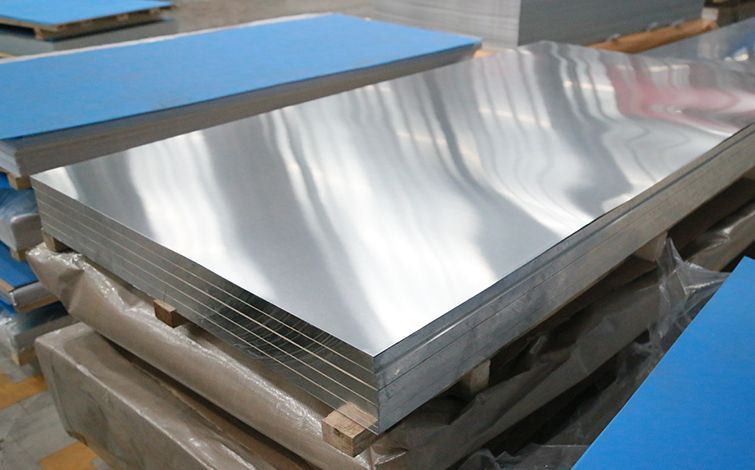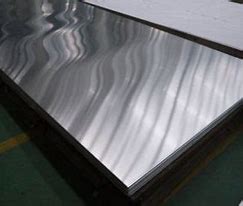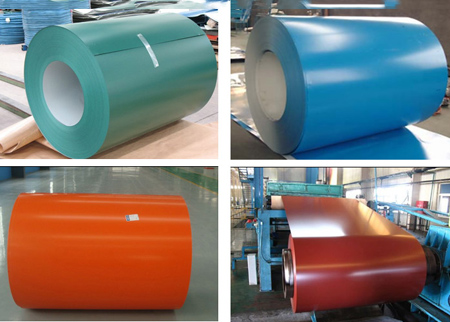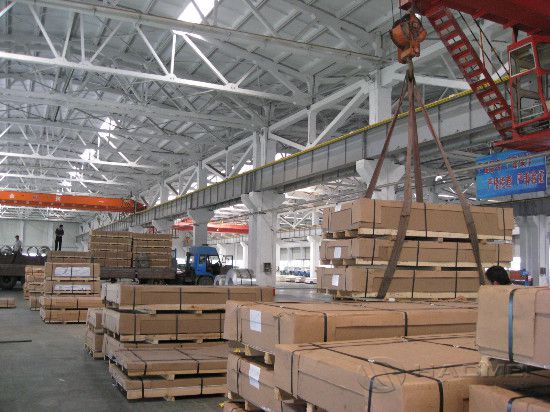



Characteristic Analysis of Aluminum Anodizing
Aluminum alloy extruded profiles are widely used in doors, windows, curtain walls and roller shutters of buildings after anodization. At the beginning of the new century, aluminum materials used in buildings in my country accounted for nearly 30% of the total aluminum consumption, while anodized aluminum profiles in buildings accounted for more than 60% of the market. . With the passage of time and the development of technology, the application fields of anodized aluminum are also wider and wider, as follows:

1. Corrosion resistance. The aluminum anodic oxide film can effectively protect the aluminum substrate from corrosion. The anodic oxide film is obviously better than the naturally formed oxide film, and the film thickness and sealing quality directly affect its corrosion resistance.
2. Hardness and wear resistance. The hardness of aluminum anodization is much higher than that of the aluminum substrate. The hardness of the substrate is HV100. The hardness of the ordinary anodized film is about HV300, and the hard oxide film can reach HV500 or more. The relationship between wear resistance and hardness is consistent.
3. Decorative. The aluminum anodized film protects the metallic luster of the polished surface, and the anodized film can also be stained and tinted to obtain and maintain a colorful appearance.
4. Adhesion of organic coating and electroplating layer. Aluminum anodized film is a method for the aluminum surface to receive organic coatings and electroplating layers, which can effectively improve the adhesion and corrosion resistance of the surface layer.
5. Electrical insulation. Aluminum is a good conductor, and aluminum anodized film is a high-resistance insulating film. The dielectric breakdown voltage is greater than 30V/um, and the specially prepared high insulating film even reaches about 200V/um.
6. Transparency. The transparency of the aluminum anodized film itself is very high, and the higher the purity of aluminum, the higher the transparency. Both the purity and alloy composition of the aluminum alloy material have an impact on transparency.
7. Functionality. Various functional materials can be obtained by depositing functional particles in micropores by utilizing the diversity of anodic oxide films. Functional components under development can have electromagnetic functions, catalytic functions, sensing functions, and separation functions.
* Thank you for your inquiry. Please provide your business needs information so that we can better serve you.
This information can help us assign the most suitable person to solve your problem. We will give you feedback within 1-2 working days.
Related Blog







